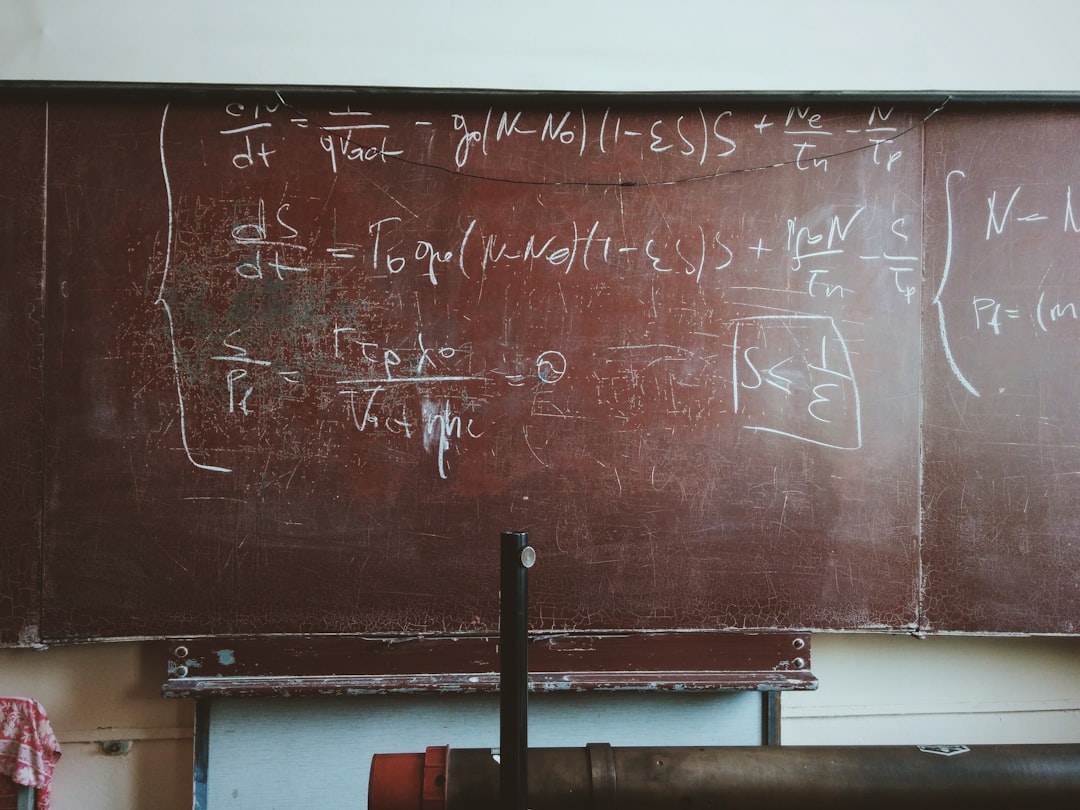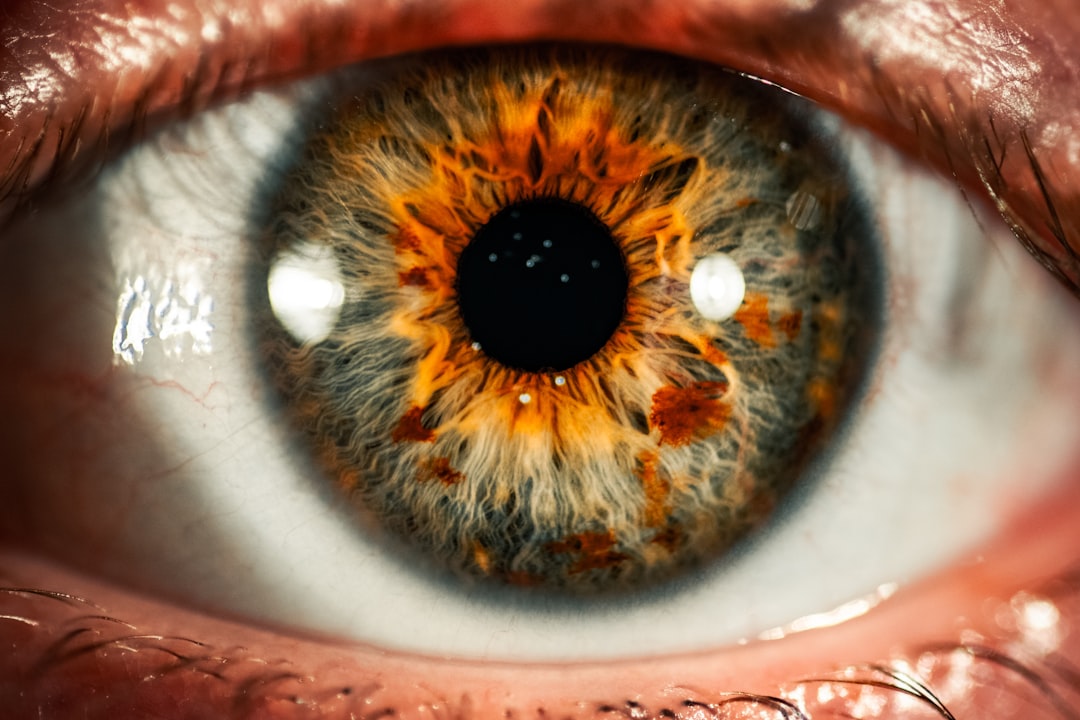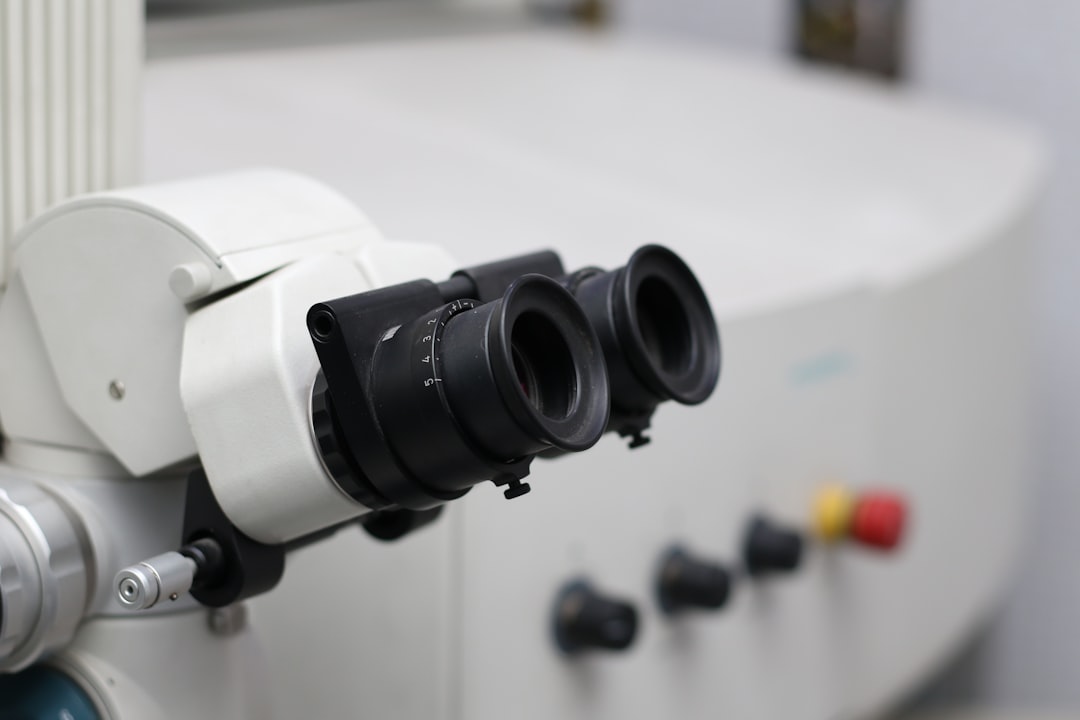What is it about?
In this article we describe our findings that ants generalize between odors in the sense that if they are trained with food rewards to respond to one odor, they will also respond to similar odors. This generalization response gets less when the odors become less similar - scientists in this field call it a generalization gradient. Furthermore, if there is another odor that is consistently not rewarded or punished, the generalization gradient changes, leading to so-called peak and area-shifts. We observe these in the ants' behavior and show for the first time that the interactions of positive (rewarded) and negative (unrewarded) generalization gradients are better described as multiplicative interactions than as summations, which is the classical theoretical description in the literature.
Featured Image
Why is it important?
There are a number of aspects important in this work. The two most important ones that we have augmented the observation of generalization gradients to ants and that we are beginning to challenge the common assumption of describing generalization gradients as potentials with additive interactions.
Perspectives
I have contributed to the data analysis and interpretation of the results in this work and am particularly excited about finding the correct theoretical descriptions that let us interpret what we see in the experiments. The change of description from the prevalent additive generalization gradients to multiplicative interactions of positive and negative generalization gradients wasn't anticipated and came about solely through careful analysis of the data. It suggests that when talking about behavior, it is more appropriate to think of variable behavioral outcomes to be governed by probabilities and that the final response of the ants comes about as the combination of two independent processes: 1. To be compelled to respond to an odor due to its similarity to a rewarded odor and 2. To not be inhibited from responding due to the similarity to an unrewarded odor. If 1. and 2. are independent, then the overall probability to respond is the product of the probabilities for the events 1 and 2.
Professor Thomas Nowotny
University of Sussex
Read the Original
This page is a summary of: Olfactory experience shapes the evaluation of odour similarity in ants: a behavioural and computational analysis, Proceedings of the Royal Society B Biological Sciences, August 2016, Royal Society Publishing,
DOI: 10.1098/rspb.2016.0551.
You can read the full text:
Contributors
The following have contributed to this page










